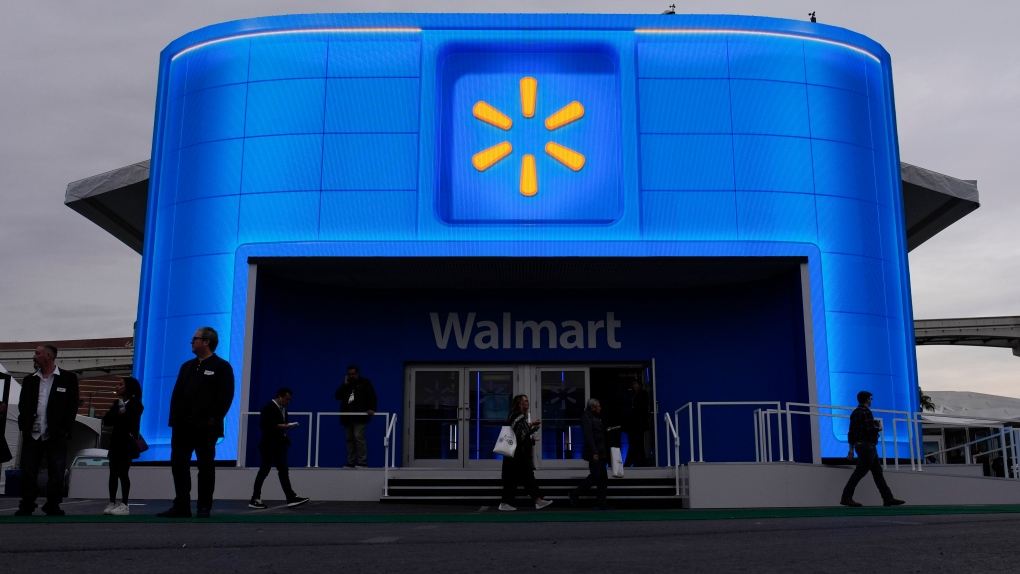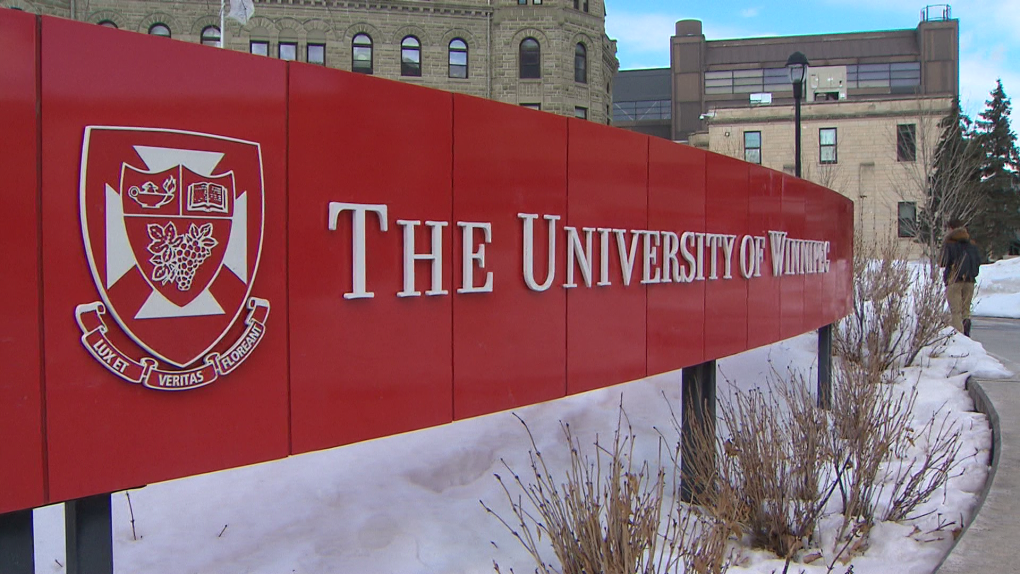NEW YORK –
Walmart is joining the AI, drone and tech race. But delivering on the promise of a high-tech shopping future — where its rivals have failed — won’t be easy.
The big box retailer held a keynote at the Consumer Electronics Show in Las Vegas for the first time, featuring CEO Doug McMillon, a plethora of executives, and even Microsoft CEO Satya Nadella.
Its overarching pitch through the hour-long presentation was this: Consumers are going to have a much faster, more convenient time shopping at Walmart and Sam’s Club.
CES is the largest consumer tech conference of the year — but it’s also a major sales convention, where companies put on flashy presentations to attract both investors and customers, often before actively implementing the new technology.
In that vein, this year’s conference was, naturally, all about AI.
“The underlying principle is that we should use technology to serve people and not the other way around. This path enables people to do things in more efficient and enjoyable ways,” McMillon said.
Walmart is jumping on the AI trend for now. The company said it’s implementing it in everything from its supply chain to its app, along with developments to drone delivery and shopping at Sam’s Club.
It’s important to note that Walmart has not rolled out its plans nationwide yet. Many of its announcements are currently in select markets, though the company said it plans to roll them out this year.
DRONE DELIVERY
Walmart has already made 20,000 drone deliveries in the past two years, but in 2024 it is going all in on the Dallas-Fort Worth Area. The superstore announced that it is offering drone delivery for up to 75 per cent of the Dallas area’s population, or about 1.8 million homes.
But drone delivery as a concept isn’t new, and Walmart’s timeline to take off in Dallas is remarkably short.
Amazon founder Jeff Bezos revealed delivery drones on “60 Minutes” nearly a decade ago, but the technology has long faced regulatory, technical and financial problems for tech companies.
While companies from UPS to Volkswagen initially started out bullish on using drones for their business supply chains, hurdles have remained and stymied tech delivery for both smaller startups and huge retailers like Amazon or pharmacy chains.
The money at stake is substantial: A Fortune Business Insights report has estimated that the commercial drone market will balloon to nearly $47.4 billion by 2029.
First, however, companies must navigate regulations, consumer skepticism and the actual safe return of their technology.
The Federal Aviation Administration regulates commercial drone deliveries, and they have high standards to meet.
For example, CNBC reported last year that FAA required Amazon’s Prime Air to complete hundreds of hours of flying without incidents and submit data to the agency before a broader rollout, and that was after it allowed clearance for testing.
Walmart has similarly ambitious plans. Its delivery expansion includes 30 towns and municipalities, which the retailer says will lead the retail industry.
Drone deliveries take between 10 to 30 minutes, the company said. Around 75 per cent of the 120,000 items in the superstore meet the size and weight requirements for a drone delivery, Prathibha Rajashekhar, senior vice president of innovation and automation for Walmart US, said during the presentation.
Amazon’s Prime Air said it wants to expand drone delivery to Italy and the UK by the end of 2024, as well as a third U.S. state.
Walmart is partnering with drone startups Wing and Zipline, according to a press release.
EXIT TECH THAT’S NEW FOR CUSTOMERS
One of the most universal experiences of Sam’s Club shopping — showing your receipt before leaving the store — will soon be no more.
Using AI and computer vision technology, the new exit tech builds on its established “Scan & Go” feature on Sam’s Club’s app. In Scan & Go, customers scan their items on the mobile app as they go through the store and pay on the app, bypassing the checkout line.
Walmart didn’t specify how AI would be used, but said it would be “working in the background to continually speed the process.”
Amazon launched a similar concept in 2016 with its Go stores in 2016, its checkout free system hailed as the future of shopping. But by March 2023, it had closed eight of its 29 cashier-free stores, another sign of the tech giant’s cost-cutting efforts last year.
Technology at the exit takes images of carts and verifies payment for all the products in real time. It’s currently running as a pilot in 10 Sam’s Club locations, but the company plans to expand the technology to all of its locations by the end of the year.
GENERATIVE AI
Through a partnership with Microsoft, Walmart said it is revamping its generative AI usage. Generative artificial intelligence — the technology that underpins ChatGPT and similar tools — is the latest buzzword in tech, but its practical applications remain untested.
The company didn’t announce any new ventures, but said it was using AI to build on its existing app and InHome service.
Walmart launched the GenAi search experience for Apple customers on Tuesday, who have the latest version of the app.
Normally, customers who need to shop for a Super Bowl party search for items on the Walmart app individually, the company said. With GenAi search, they can instead search “football watch party” and shop every relevant item they need in the search.
Walmart also announced advancements in its InHome service, which it debuted in 2019 to deliver groceries straight into customer’s refrigerators.
Walmart employees wear a camera when they enter customer homes, allowing the customer to watch the process live. The customers have to use an existing smart lock, a garage keypad or a smart lock from InHome.
The program has had some hiccups.
Walmart already uses a network of independent contract drivers on its in-house Spark delivery platforms, which Walmart said in June 2023 operates in all 50 states. Business Insider interviewed Spark drivers, who said customers would get confused their deliver for InHome delivery, asking drivers to bring the products inside the house.
The new replenishment tool for InHome uses AI to anticipate needs and orders. The company said its “algorithm learns what customers purchase regularly, how much of these items they purchase and the frequency of those purchases.”
Amazon Key has a rival in-garage delivery, which is exclusive for Prime members, compatible with certain smart garages. The service costs $1.99 per order for a one to two day delivery time.
Walmart’s InHome currently costs $19.95 a month or $138 a year.




